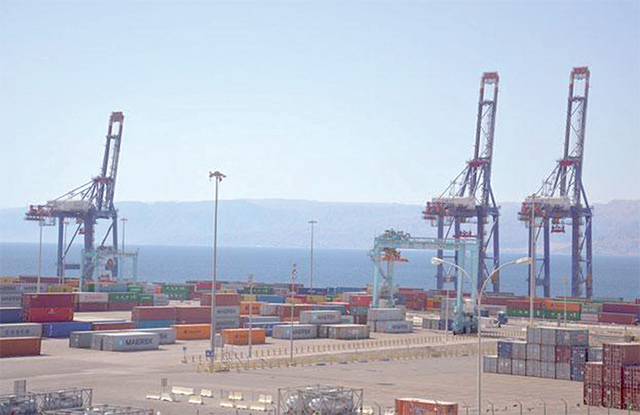AMMAN — The national industry and manufacturing sector, the largest employer of the national workforce, is contributing to positive employment growth, according to a World Bank report. World Bank issued a report titled “Jordan Economic Monitor, Fall 2023: Building...
AMMAN — The national industry and manufacturing sector, the largest employer of the national workforce, is contributing to positive employment growth, according to a World Bank report.
World Bank issued a report titled “Jordan Economic Monitor, Fall 2023: Building Success, Breaking Barriers — Unlocking the Economic Power of Women in Jordan”.
The report emphasised that generating employment remains a significant challenge, as economic growth has not translated into substantial gains in labour market outcomes.
Fathi Al Jaghbir, the president of the Jordan Chamber of Industry, told The Jordan Times that the Jordanian industrial sector stands as the leading employer within the private sector.
“The sector employs over 250,000 workers, with Jordanians comprising over 90 per cent of the workforce,” Jaghbir added.
Furthermore, Jaghbir expressed that the industrial sector possesses the potential to generate additional job opportunities for citizens, particularly in the event of increased exports.
“Supporting productive sectors, especially those capable of generating job opportunities, particularly the industrial sector, can contribute to alleviating the problem of unemployment, which poses a growing threat to societal security,” added Jaghbir.
“Despite the growth recovery, entrenched structural constraints continue to weigh on labor market outcomes,” the report said.
It further noted that positive employment growth was observed only in tourism, and to a lesser extent in manufacturing and agriculture, although the latter is a small employing sector.
Promising high-productivity sectors are witnessing faster employment growth, but their share in total employment remains low, according to the report.
Over the past five years, the report highlighted that faster GDP growth in sectors does not necessarily reflect on employment growth, even for those sectors already absorbing a large number of labour.
“Generating employment remains a major challenge, as economic growth has not translated into significant gains in labour market outcomes,” the report reiterated.
Labour force participation is on a downward trend, reaching 33 per cent in Q2-2023, with female labour force participation rates still among the lowest globally, declining further to 13.8 per cent in Q2-2023. Meanwhile, the labour force participation for men, at 53 per cent, is also low by global and regional standards, highlighting the need to increase participation for both men and women and narrow the gap between them to accelerate growth.
“Employment rates have inched down to 25.6 per cent in Q2-2023, from 26.1 per cent in Q2-2022 and remain low, reflective of modest job creation,” the report added.
Despite low participation, unemployment rates remain high, slightly declining to 22.3 per cent in Q2-2023 compared with 22.6 per cent in the previous year.
“Unemployment remains well above pre-pandemic levels and regional averages. Women and youth ages 15-24 continue to be the most affected,” noted the report.




